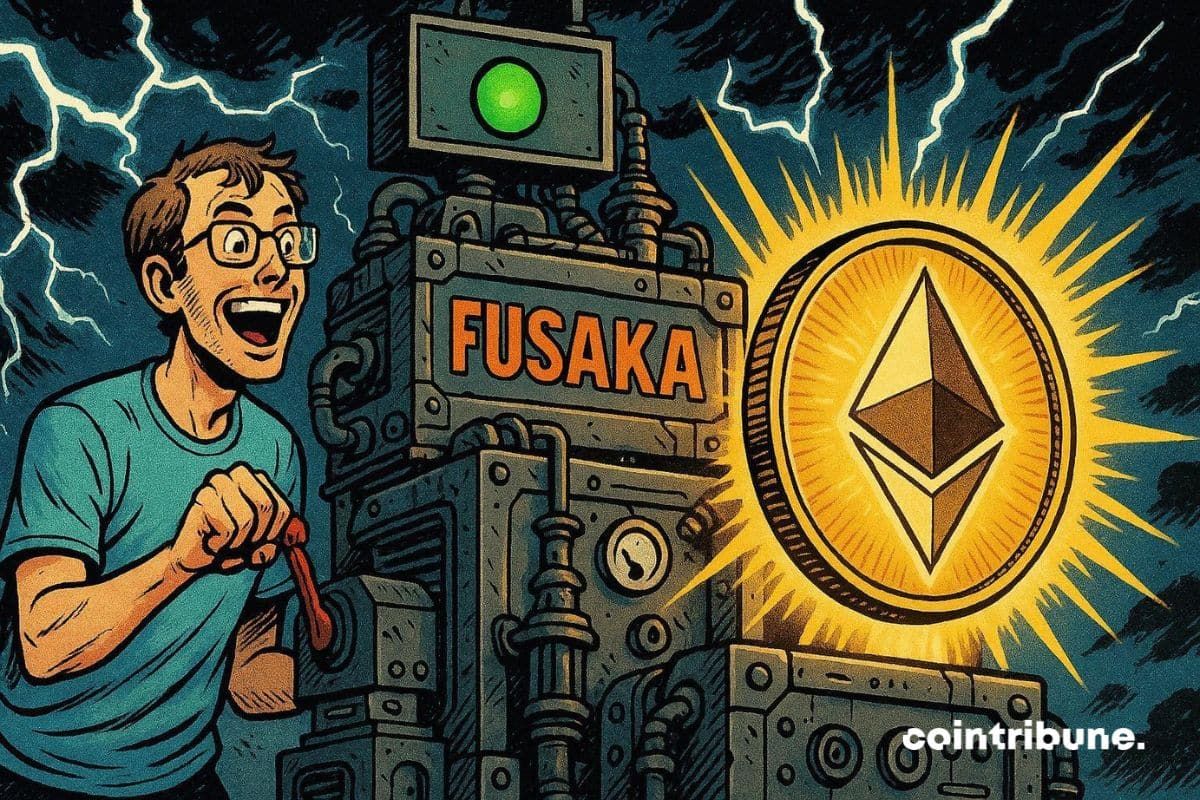Trump’s New Order Could Unleash Billions into Crypto
The crypto market in the US might be on the verge of a major turning point. Donald Trump is expected to sign an executive order that takes aim at what many in the space have called a quiet crackdown by banks and regulators. The order would investigate whether financial institutions acted illegally when they dropped crypto clients, and it could force a regulatory reset that reopens critical banking access. For a sector still recovering from the FTX fallout and ongoing regulatory pressure, this move could change everything. Let’s look at what’s really happening — and what comes next.
Trump’s Executive Order on Crypto Debanking Could Reshape the US Digital Asset Market
Donald Trump is reportedly preparing to sign an executive order that challenges the long-standing accusations of unfair treatment toward crypto firms by US banking regulators. If this order is signed as expected, it could mark a pivotal shift in how traditional financial institutions engage with digital asset companies.
Could This Reverse the Chill from Operation Choke Point 2.0?
For over two years, crypto executives have argued that regulators quietly squeezed digital asset firms out of the financial system. They called it Operation Choke Point 2.0 . The accusation? Regulators allegedly pressured banks to cut ties with crypto businesses, especially after the FTX collapse . A Freedom of Information Act request revealed that the FDIC even asked banks to pause crypto activities, validating what many insiders had claimed all along.
Trump’s proposed executive order goes straight for the jugular of this issue. It directs federal agencies to examine whether those regulatory moves violated antitrust or fair lending laws. If regulators are found complicit, legal action may follow. That sends a loud signal that a new sheriff could be back in town—and that crypto firms might soon find the doors of traditional finance swinging back open.
What This Means for the Crypto Market in the Short Term
If Trump signs the order this week, expect a sentiment boost across the crypto sector. Coins most dependent on US banking infrastructure, such as stablecoins and platforms like Coinbase, could see immediate bullish momentum. Even before the ink dries, the market tends to price in regulatory easing when it sees political will leaning toward crypto support.
Tokens with close ties to US innovation—think Ethereum , Chainlink , and Solana —may benefit from improved fiat on-ramps and less friction for US-based liquidity providers. If banks begin re-evaluating their relationships with crypto firms, that could mean more capital flows, better infrastructure support, and reduced compliance headaches.
How Might Investors React Over the Coming Weeks?
This is where things get more complex. Regulatory relief doesn’t mean the SEC and CFTC will instantly back down. Investors will wait to see whether the Department of Justice actually follows up on the order and whether banking policies truly change. But even anticipation of those changes could push Bitcoin and other top tokens higher in the near term.
The key trigger to watch: whether financial institutions begin re-engaging with previously off-limits crypto clients. If major banks like JPMorgan or Wells Fargo quietly resume onboarding or offering services to digital asset companies, that would confirm the shift is real—not just political posturing.
Could This Open the Floodgates for a US Crypto Revival?
Not overnight. The order would first trigger investigations and reviews, not immediate enforcement. But it sets the groundwork. For startups, this could remove one of the biggest barriers to growth: banking access. For large exchanges like Coinbase , it could reduce compliance risks and strengthen US market positioning.
If the order also restores confidence in the rule of law for conservative political groups, it could unite two powerful constituencies—crypto libertarians and right-leaning financial backers—under a shared cause. That political alignment could shape future US crypto policy for years.
What to Watch Next?
Three things matter now.
- Whether Trump actually signs the order this week or delays it
- The reaction from US banking regulators like the FDIC and Federal Reserve
- Price movement in US-domiciled crypto assets and listed companies like Coinbase
If this story develops into real regulatory pressure on agencies that sidelined crypto firms, expect a new wave of bullish energy to enter the market. It’s early days, but the crypto winter in the US might finally be thawing.
$CryptoMarket, $Bitcoin, $DonaldTrump, $ETH, $SOL, $LINK, $Coinbase, $FTX
Disclaimer: The content of this article solely reflects the author's opinion and does not represent the platform in any capacity. This article is not intended to serve as a reference for making investment decisions.
You may also like
A History of Privacy Development in the Crypto Space
Privacy technologies in the crypto world have never truly broken free from the limitations of being "narrow" and "single-user."
Trading volume surpasses 410 millions, Sun Wukong's first phase "trade mining" report released, excess fee rebates ignite the market
Currently, the first phase of the Sun Wukong trading mining activity has entered its second half. The event will officially conclude at 20:00 (UTC+8) on December 6, 2025.

Ethereum in free fall among companies: What is happening?

